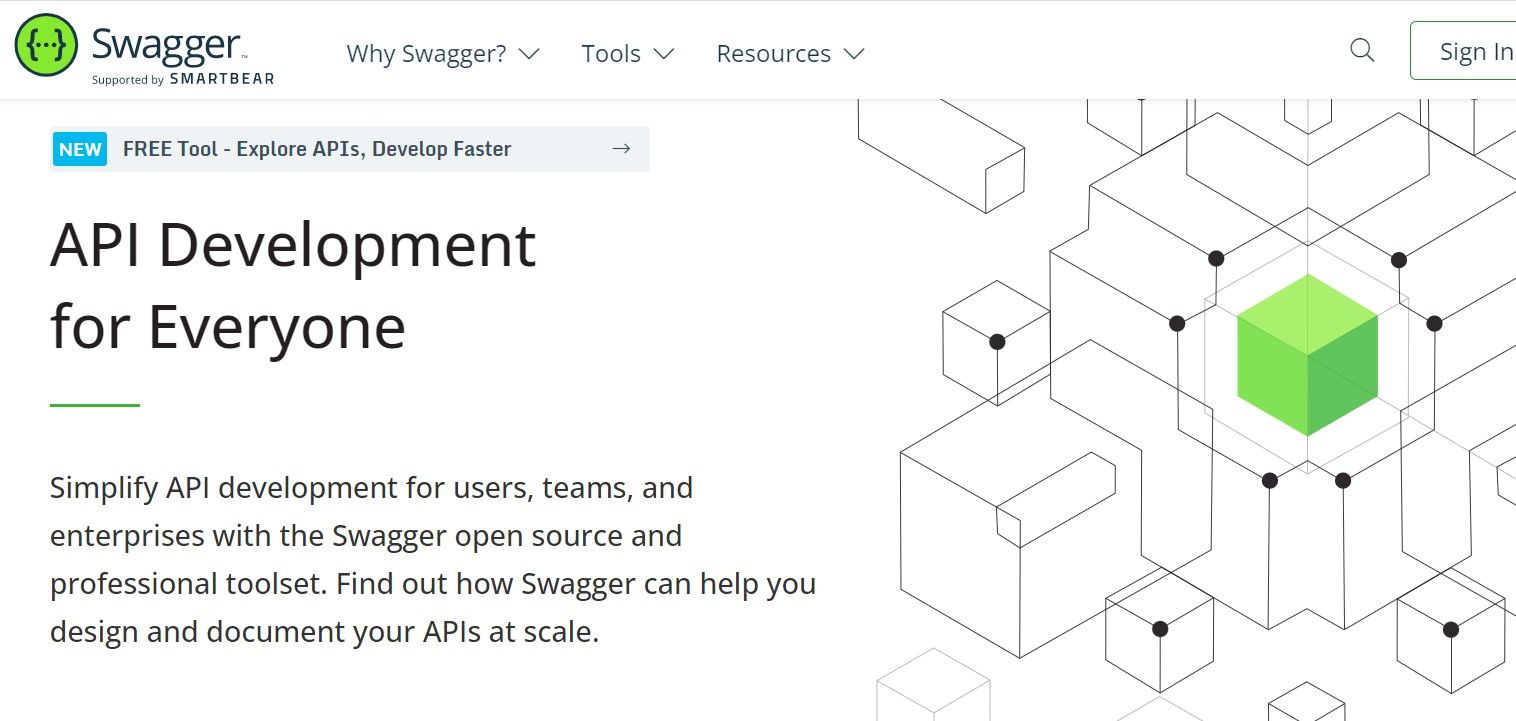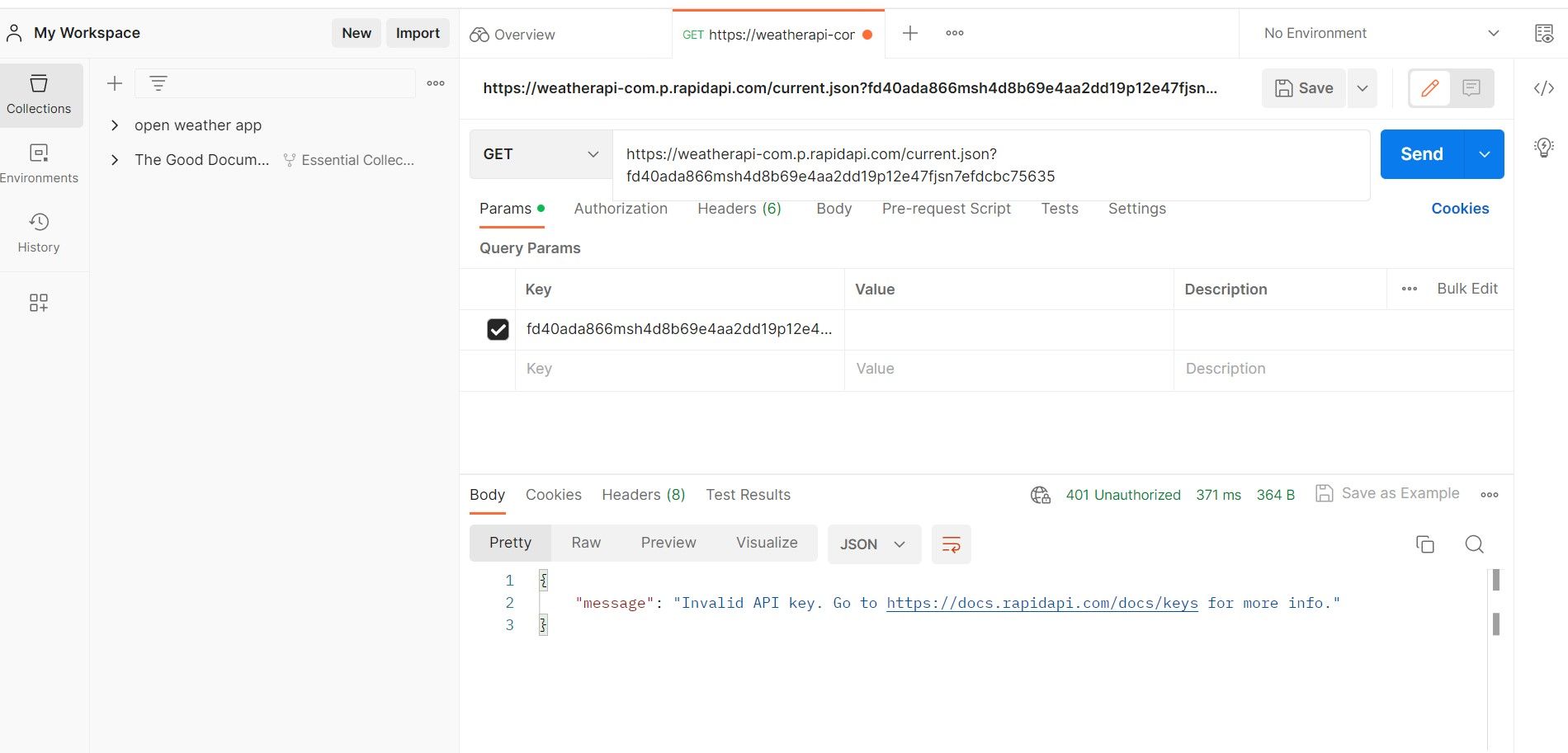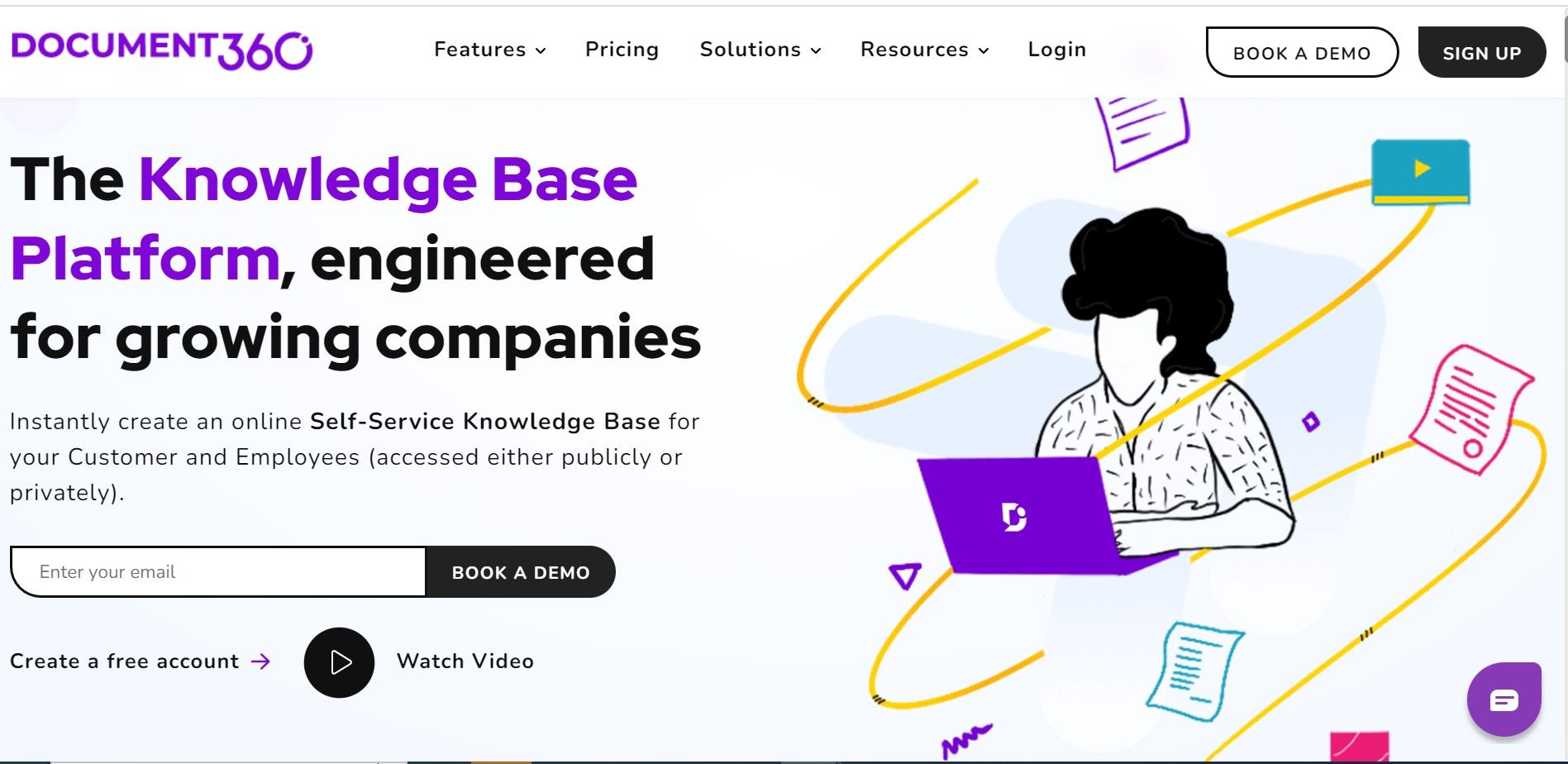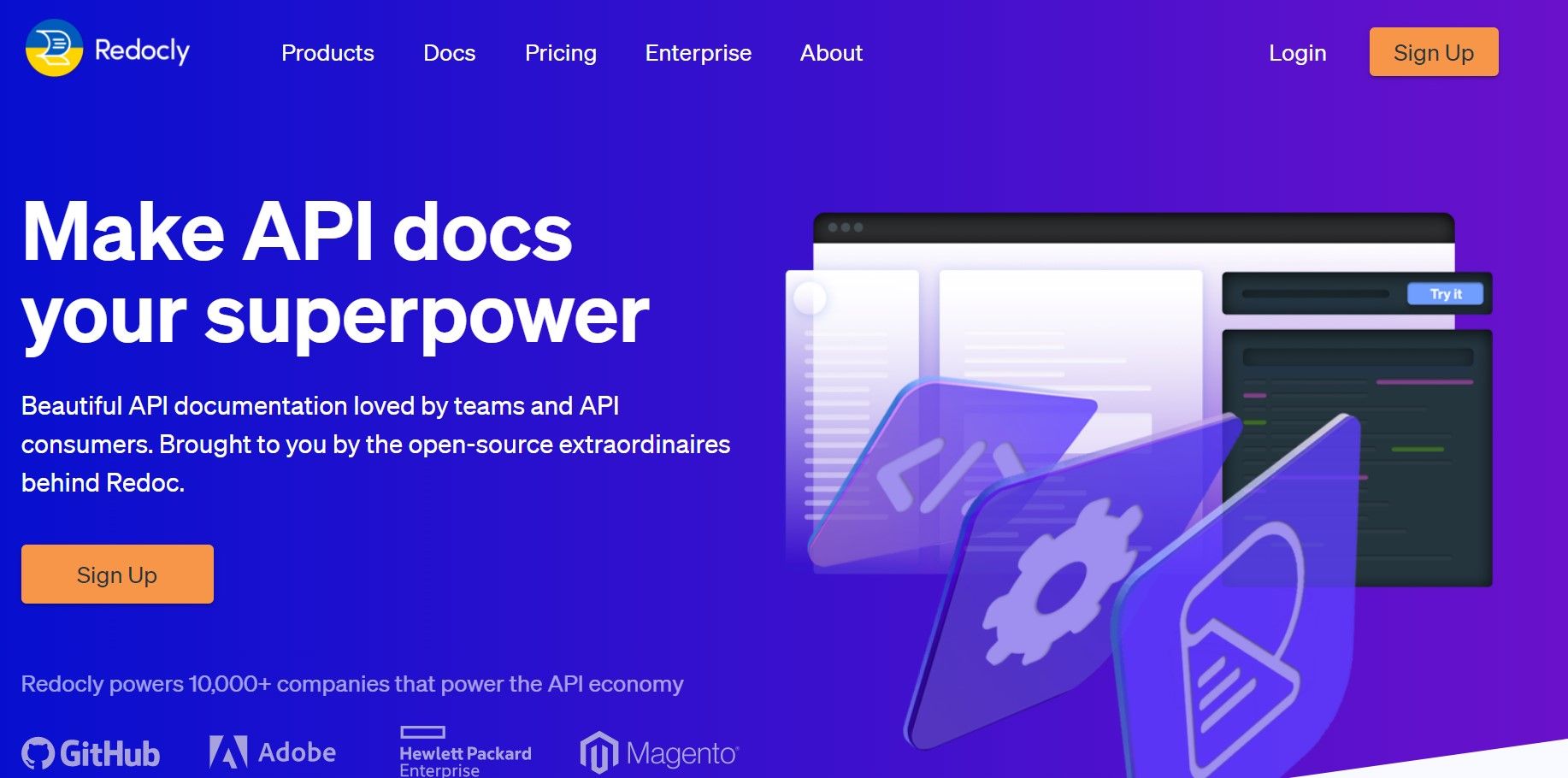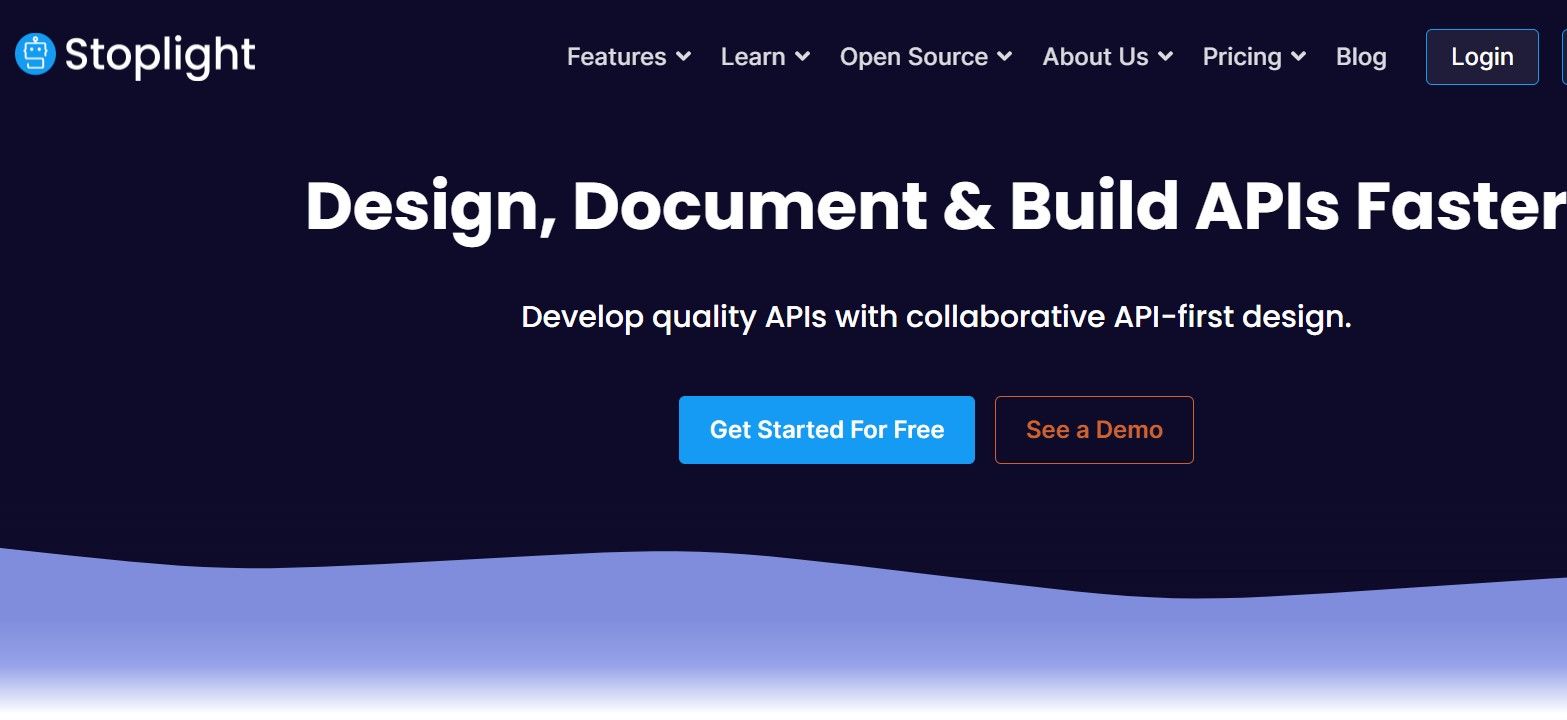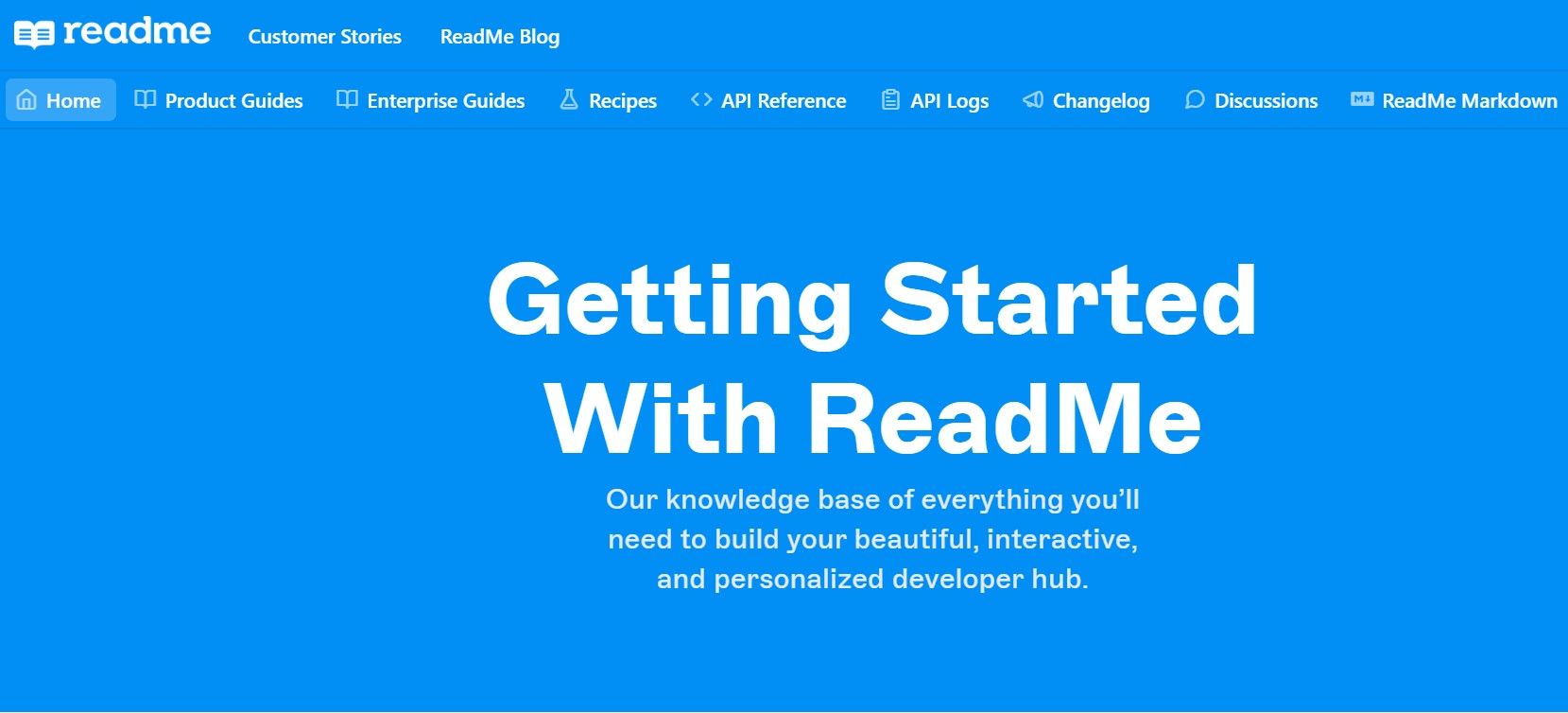When developing an API, you need tools to document its features and functionality. Documentation helps users find out how to integrate and use the API.
A quick Google search shows there are many documentation tools available online. Picking the right tool to optimize your workflow and produce helpful content can be daunting. The free API documentation tools we present here will help you can get the best out of your APIs.
1. SwaggerHub
SwaggerHub ranks top of the list of the best documentation tools online. With its open-source tool set, it significantly simplifies API development.
SwaggerHub tools help to design APIs within OAS, the OpenAPI Specification. You can use the Swagger inspector to evaluate your API against OAS standards.
You can also maintain a central repository with your teams using OAS specifications. With Swagger, you can design, develop, and document APIs on one platform. Its suite of applications caters to all parts of the API lifecycle and enables you to scale at will.
Swagger's collaborative platform supports testing, virtualization, mocking, and monitoring of APIs. With the Swagger editor and user interface, you can visualize API development and create comprehensive documentation simultaneously.
To start with Swagger, head to the website, create a free account, and use their comprehensive tool set.
2. Postman
Postman is a popular tool for testing and documenting APIs. You can organize API requests into logical files and folders, making it easy for users to find what they want.
Postman has tutorials, getting-started guides, and troubleshooting guides that help users use it. Its structure has clearly labeled sections that show users where and how to use their tools.
One of Postman’s best features is its ability to perform thorough API testing. It stores client credentials in an environment file. When a user sends a request, it populates the request headers and parameters. So you don’t have to write API details every time you test it.
Its multifaceted interface supports collaboration with your teams. You can also fork code from repository hosts like GitHub or GitLab.
Additionally, Postman helps to authenticate APIs by generating tokens and access keys. With these efficient tools, you can create and manage your APIs effectively.
You can download Postman's desktop version for free or use its HTTP client on the web. Choose what works best for you.
3. Document360
Document360 is a one-stop shop for comprehensive API documentation. The website has interactive features that make it easy to understand and use APIs.
Its interface supports API testing using multiple API definitions and versions. You can also use the attached text editor to create custom documentation for your APIs. Its AI-powered search assists in finding what you need quickly.
API documentation is at the center of Document360. The platform helps to manage API features and documentation on the same platform. You can add pages to the documents, tutorials, and other features not part of the API definition file.
You can generate code samples for API calls and use them on your application. You can also add code samples, allowing users to understand the programming content.
Document360 has various collaborative tools allowing teams to work together on API development. You can signup for a free account with limited access or go for paid accounts with advanced features.
4. Redocly
The Redocly website adopts the doc-as-code approach. Here, you can integrate coding tools with documentation. The integration ability enables developers to integrate the development process with documentation. Users can quickly render their API reference material to documentation in one portal.
You can use code editors like VS Code to write documentation alongside code. Also, you can link your workspace to Git to store and track changes in your materials.
Redocly is ideal for developers looking for platforms that integrate docs and code. The integrated workspace supports the development and testing of APIs before production.
Developers experienced with React can manipulate its components to suit various use cases. It's extendable.
It also supports team collaborations allowing users to work on similar projects simultaneously. Redocly has free and paid accounts to access its advanced toolkit.
5. Stoplight
Stoplight stands out from other documentation platforms with support for API design best practices. Its collaborative interface equips teams with comprehensive tooling to build quality APIs.
You can design, develop and manage APIs all on the same platform. Stoplight uses a design-first approach that guides you to structure your APIs. They have a style guide in the form of a template that guides your design process and API definitions.
You can also use the guide as a governance guide for your team throughout the design process. Stoplight’s best practices add value to API design and promote rapid development. It boosts standards and quality control for your team.
Stoplight's documentation helps you deliver quality content for your API. It supports API reference documentation with definitions of API features and code samples.
You can also create quick-start guides and interactive tutorials. You can even add images and troubleshooting guides to your content. Stoplight has both free and paid plans for you and your team.
6. ReadMe
Out of all the tools on this list, ReadMe is the only one that analyzes API performance. The platform has metrics that analyze API usage and troubleshooting for quality improvement.
You can monitor API performance by the number of successful vs. unsuccessful requests. If you notice an issue with a particular request, you can prioritize resolving it.
You can also see page views, users, popular search terms, and page ratings through the API Explorer. Users can leave comments about their experience to help you improve.
The information helps narrow a target audience and determine the most popular services. This can help you alter your API design to design uncover new business.
Stoplight supports API design based on OpenAPI specifications. This ensures your APIs are of good quality. You can also integrate GitHub to store and track your code and Swagger to view and test your APIs.
You can create custom products and enterprise guides, and APIs with ReadMe. It's entirely free to sign-up and use.
How to Choose the Best API Documentation Tool
Now that you know some of the best API documentation tools online, it's time to choose. Choosing the right API documentation tool is essential for your workflow.
You should choose a documentation tool that supports writing articles, metrics, and filtering. It should have built-in styling features to author and format documentation.
It should also integrate supportive software like version control and code samples. Pick a documentation tool with these characteristics suitable for software and your team.


